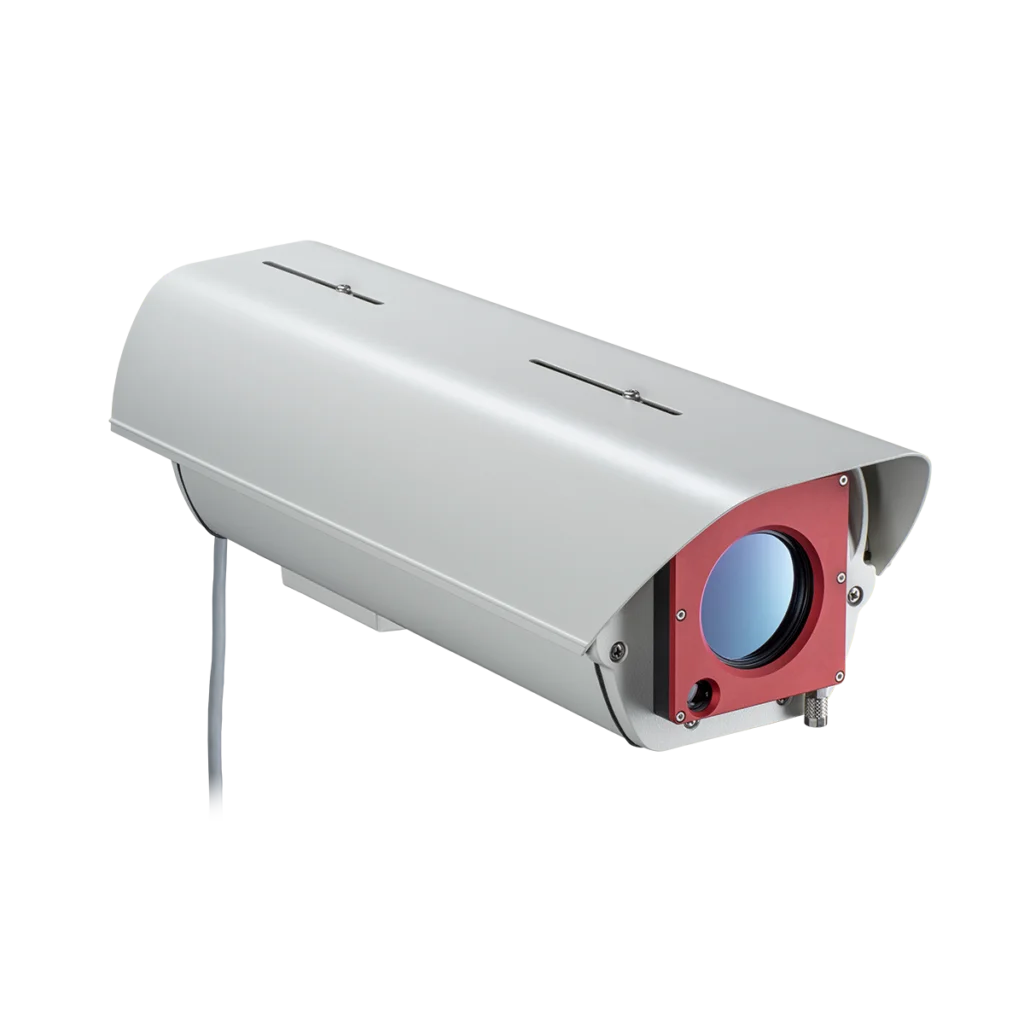Our range of general-purpose miniature thermal imaging cameras from Optris suits all temperature requirements. Browse our compact and smallest infrared cameras for all applications, businesses and industries. Get the lowest prices available in the UK and Ireland. Request a free quote today.
Miniature General Purpose Thermal Imaging Cameras
General-purpose miniature radiometric thermal imaging cameras are proven in a wide range of applications and lend themselves to research and development, process improvement, condition monitoring and quality control.
As the UK distributor for Optris PI IR cameras, Process Parameter’s experienced engineers can help you with camera selection and product support both before and after a sale. Get in touch for advice on the ideal thermographic camera for your application.
What is the PI Series of Thermal Imagers?
The Optris PI thermal cameras offer premier real-time thermal imaging in compact form factors under 320 grams. Blazing frame rates up to 128 Hz freeze-fast processes for snap-shots and video recording.
Excellent thermal sensitivity also reveals minute temperature fluctuations. Paired with variable optics and cables, some models measure only 46mm x 56mm x 90mm – making them the smallest infrared cameras globally.
These innovative features in conveniently portable PI cameras enable nuanced inspection across diverse applications. Experience lightning-fast, accurate thermography across rapidly evolving thermal dynamics or subtle temperature changes.
Our remarkably small infrared cameras redefine possibilities for thermal measurement and documentation with their combination of top-tier capabilities, sensitivity, responsiveness, and mobility.
The Optris PI Precision Line comprises versatile infrared cameras spanning industrial users’ needs – from all-purpose PI 400i/450i to high-resolution 640 x 480 pixel PI 640i models, to specialty instruments optimised for metals, glasses, and micrographs.
This diverse infrared thermography range delivers tailored, premium imaging to suit every application.
Benefits of PI Series of IR Cameras
What is a Thermal Imaging Camera?
A thermal imaging camera creates a digital thermal image of an environment by mapping the temperature of whatever is in its view. Every object and surface has a heat signature, created by the energy it transmits. This is known as infrared energy. You can learn more in our comprehensive guide to thermal imaging cameras.
Industrial Thermal Imaging Cameras
Optris PI400i/PI450i High Resolution Thermal Imaging Cameras
Industrial Thermal Imaging Cameras
Optris PI 450i CM Infrared IR Camera For Harsh Outdoor Conditions
Industrial Thermal Imaging Cameras
Optris PI 640i CM Infrared Camera for Condition Monitoring & Early Fire Detection
Industrial Thermal Imaging Cameras




